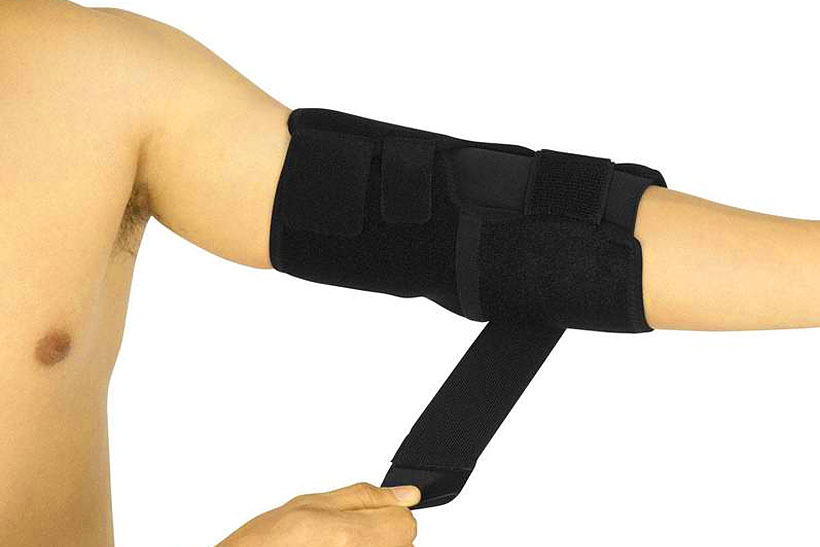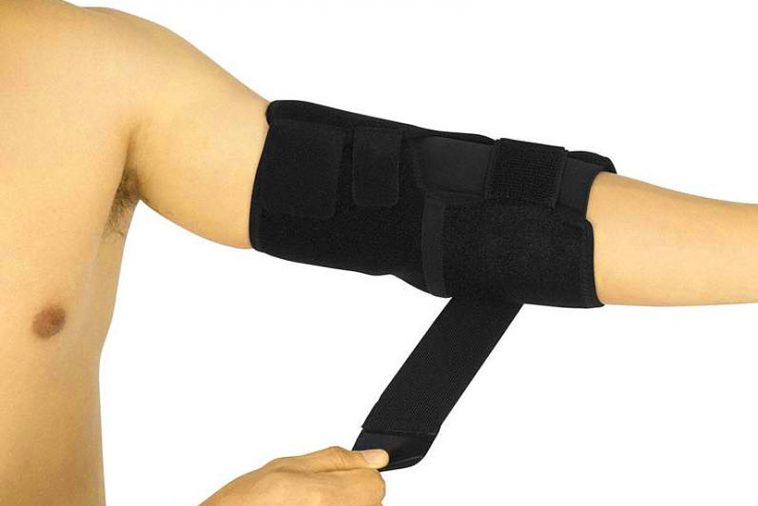- Like
- SHARE
- Digg
- Del
- Tumblr
- VKontakte
- Flattr
- Buffer
- Love This
- Save
- Odnoklassniki
- Meneame
- Blogger
- Amazon
- Yahoo Mail
- Gmail
- AOL
- Newsvine
- HackerNews
- Evernote
- MySpace
- Mail.ru
- Viadeo
- Line
- Comments
- Yummly
- SMS
- Viber
- Telegram
- JOIN
- Skype
- Facebook Messenger
- Kakao
- LiveJournal
- Yammer
- Edgar
- Fintel
- Mix
- Instapaper
- Copy Link

Roughly 200,000 Americans develop what is commonly referred to as “tennis elbow” every year, 200,000! Contrary to what the name may indicate, this injury doesn’t just afflict tennis players. As the most common overuse injury of the elbow, it also frequently develops among people who use their arms and hands for work – like food industry workers and tradesmen and women (for example, plumbers, carpenters, and painters).
What Causes Tennis Elbow?

The technical term for tennis elbow is lateral epicondylitis. The lateral epicondylar region of the distal humerus is located right around the elbow where the extensor muscles of the forearm attach to the bottom of the upper arm bone. Contracting and relaxing these extensor muscles allows you to raise and straighten your hand and wrist.
Long-term repeated use of the extensor muscles to swing a racquet, for example, or to repeatedly grip weights while weight lifting can lead to muscle strain. This then causes the muscles to excessively tug on the tendons that connect to the bony bump you feel on the outside of your elbow. Microscopic tears in the tendon cause inflammation which leads to the rubbing of swollen tendons against one another and surrounding tissue and bone.
Symptoms of Tennis Elbow
This condition is effectively a form of tendonitis, but because of its location, it can have a seriously negative effect on your overall functioning. When you are suffering from lateral epicondylitis, symptoms may include:
Pain – can radiate from the outside of the elbow all the way down the forearm
Weakness – turning a doorknob, opening a jar, lifting weights, swinging a bat or golf club, even holding a cup of coffee can become difficult
Tenderness – around the outside of the elbow where the injured tendons are located
Swelling and warmth – inflammation and added pressure around the elbow joint can add to the pain and limit your range of motion
Treating Tennis Elbow
A medical history and manual examination can give your doctor the information they need to confidently diagnose tennis elbow, however, they may recommend getting an imaging test like an x-ray done to rule out any other underlying causes. Like many other versions of tendonitis, tennis elbow will often go away on its own and, in fact, a 2018 meta-analysis published in the American Journal of Sports Medicine found that most traditional treatments for tennis elbow weren’t that much more effective than a placebo.
If you develop this injury and decide to simply wait it out, you can alleviate some symptoms by:
Resting (avoid activity that led to symptoms)
Applying an ice pack (15 to 20 minutes at a time every 3 to 4 hours)
Though they haven’t proven to offer a significant benefit in helping tennis elbow heal, additional treatment modalities may include acupuncture, physical therapy, ultrasounds, Botox injections, dry needling, sports taping, and over-the-counter pain medicine or NSAIDS. More drastic treatments like ultrasonic tenotomy and surgery may be recommended if your symptoms aren’t relieved with more conservative measures over six to 12 months.
For manual laborers whose livelihood relies on their ability to continue using their arms, a “wait and see” treatment plan may not be feasible. Experts recommend consulting your doctor to see what types of early intervention may be most successful in getting you back into working shape as soon as possible.
Preventing Tennis Elbow in the Future
To prevent future recurrences of this common overuse injury, it is critically important to learn how to stretch and strengthen arm muscles to offload some of the stress on the elbow joint. Wearing an elbow sleeve, brace, or strap for compression support and counterforce during physical activity can also help, as can making sure you are practicing proper technique for whatever sport or activity led to the injury in the first place.
Gone untreated, the cellular matrix that makes up the injured tendon can become permanently damaged leading to chronic pain and disability in the elbow. As people in their 40s are most likely to experience this type of repetitive stress injury, it is crucial that early action is taken to prevent long-term disability that may impact overall activity levels as you age.

